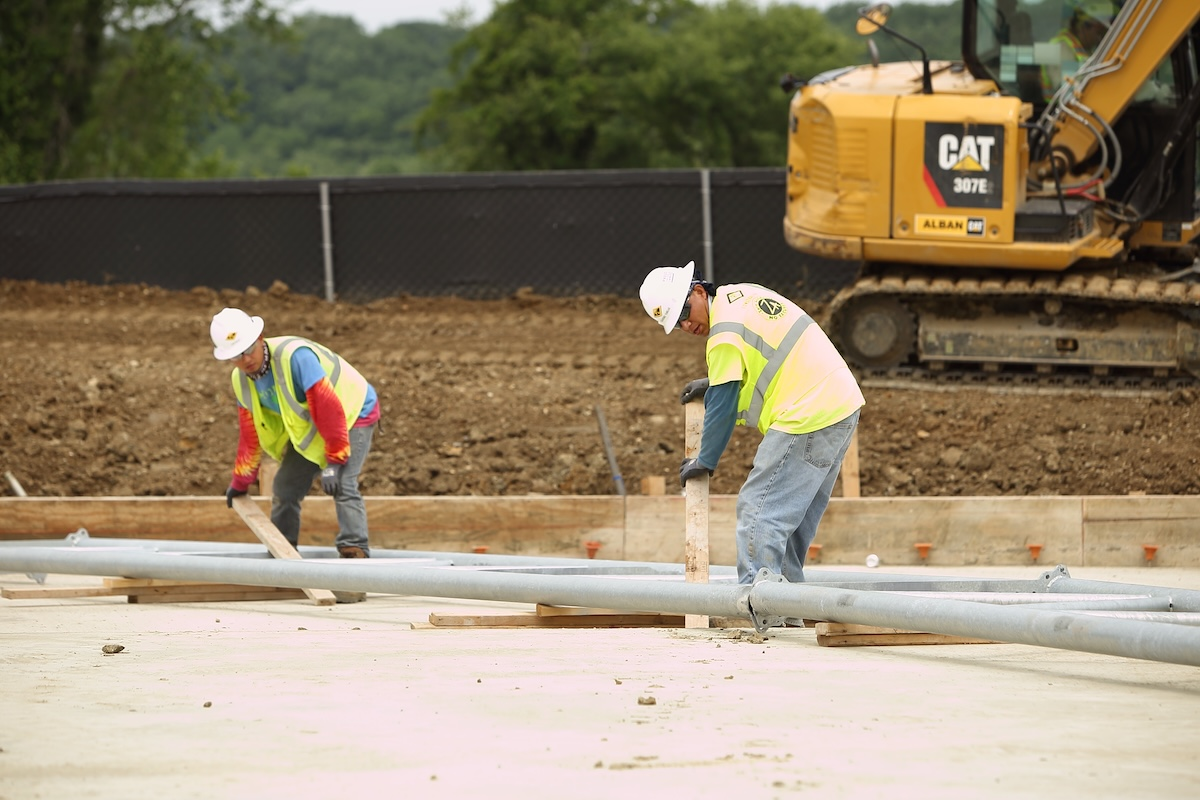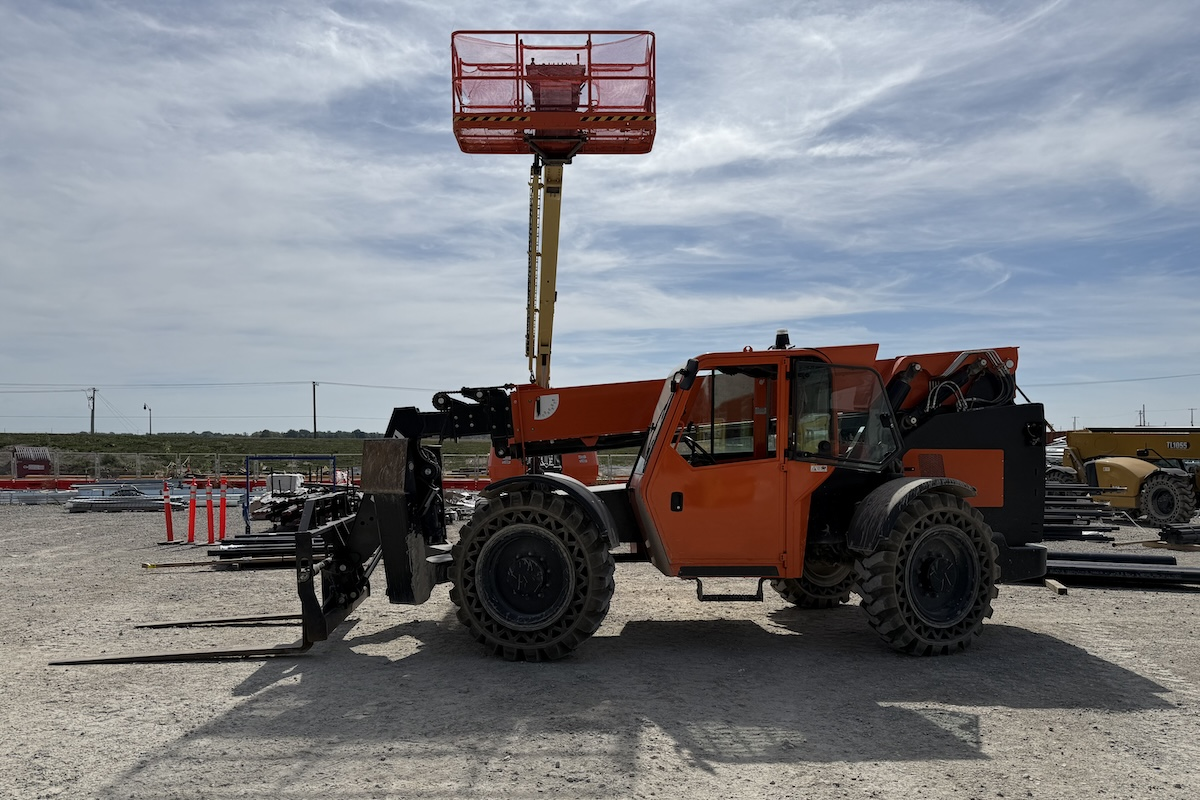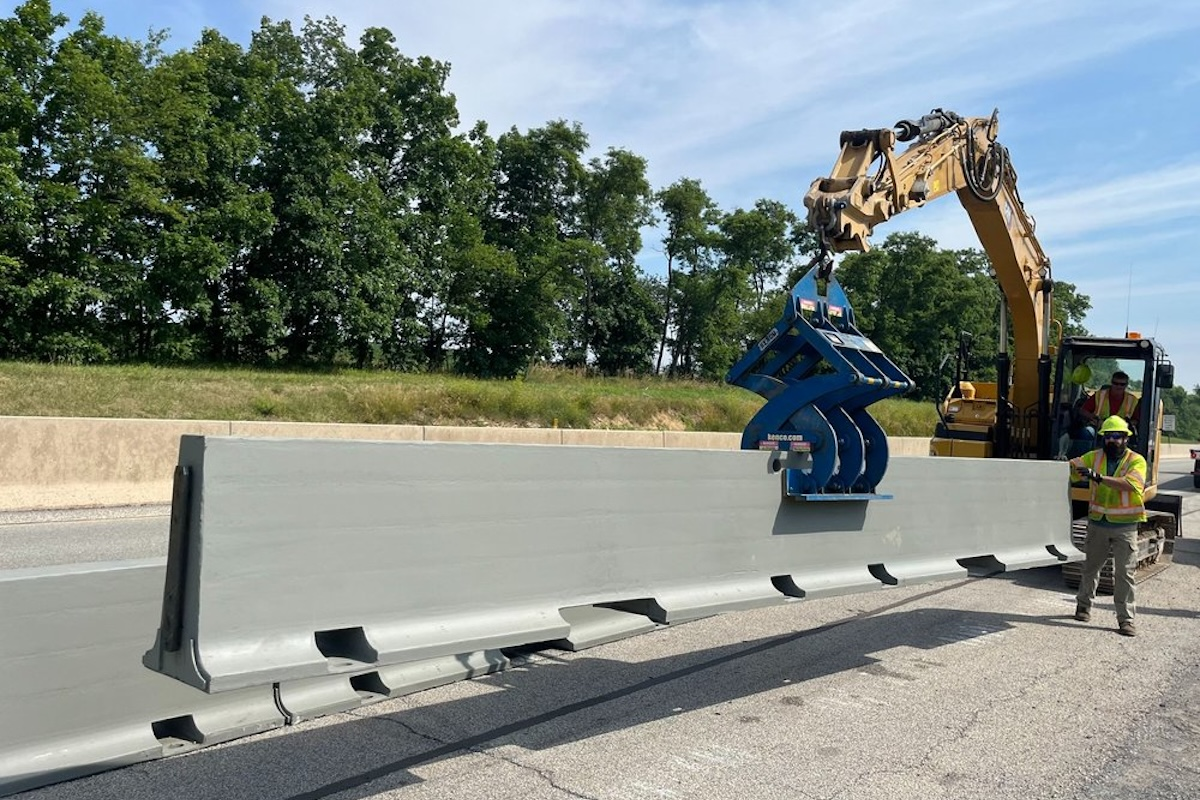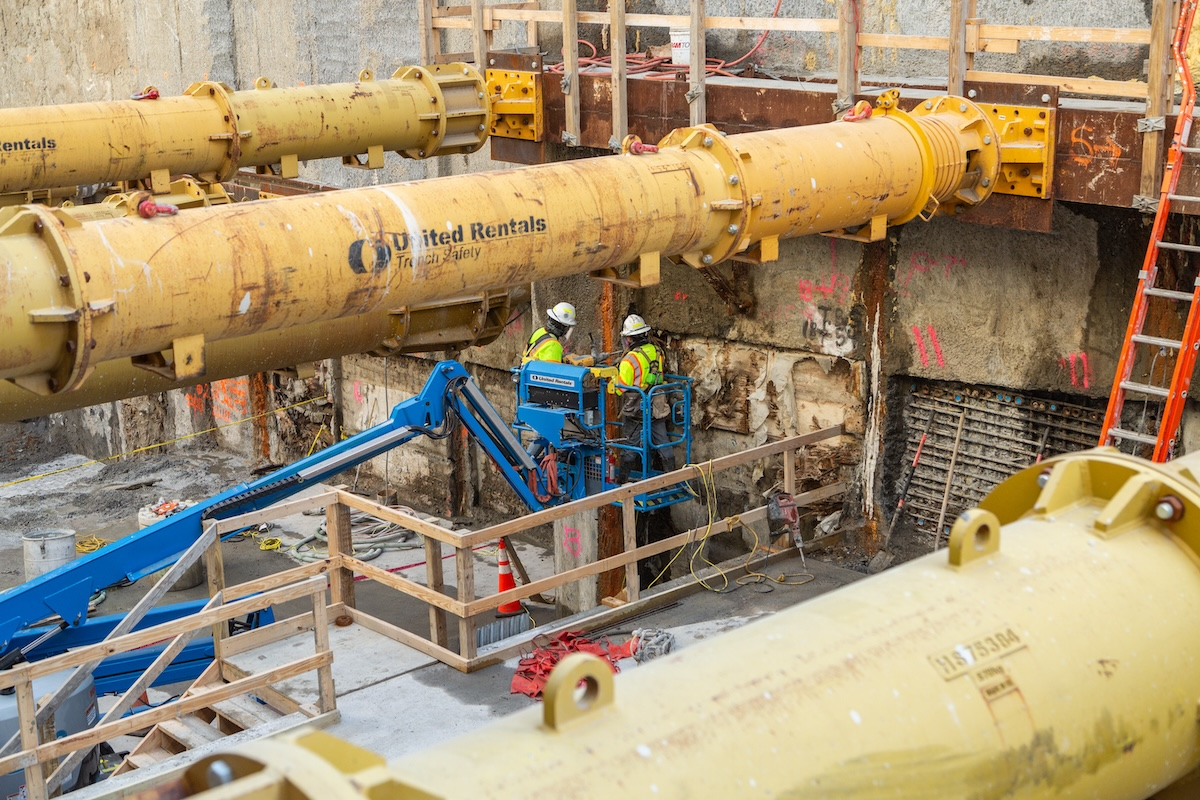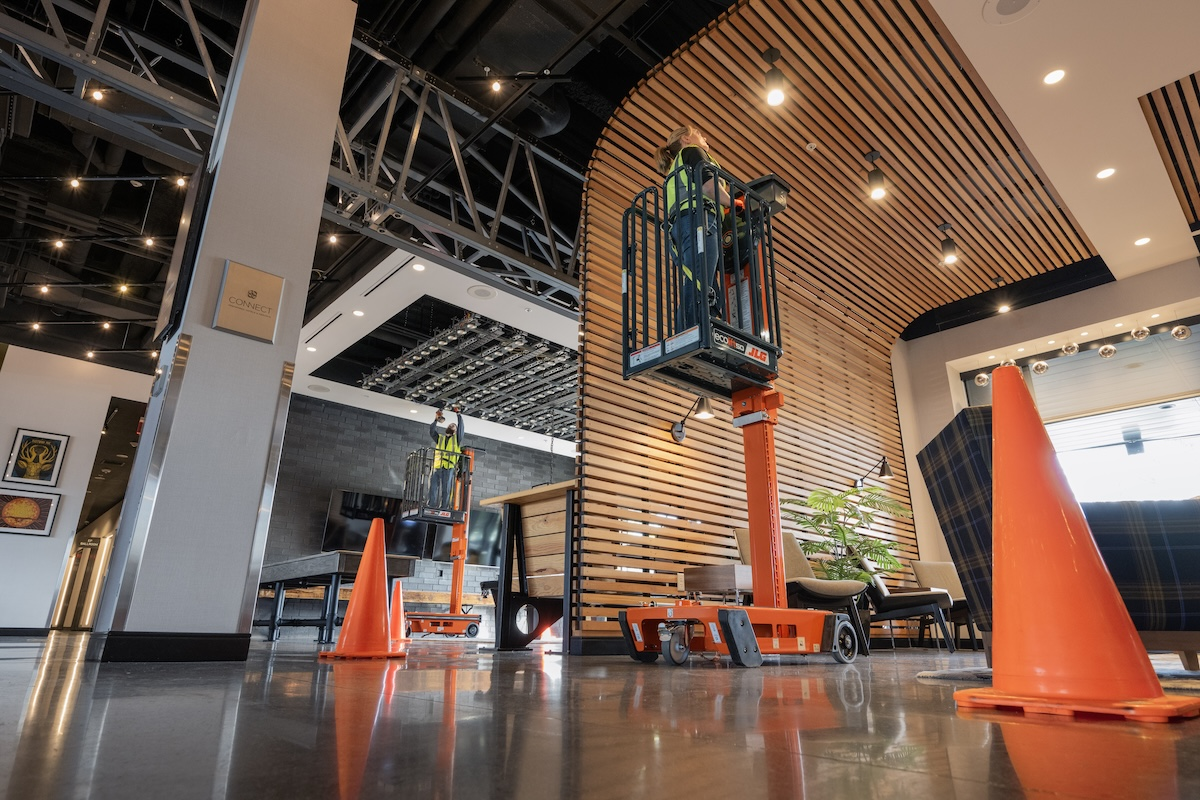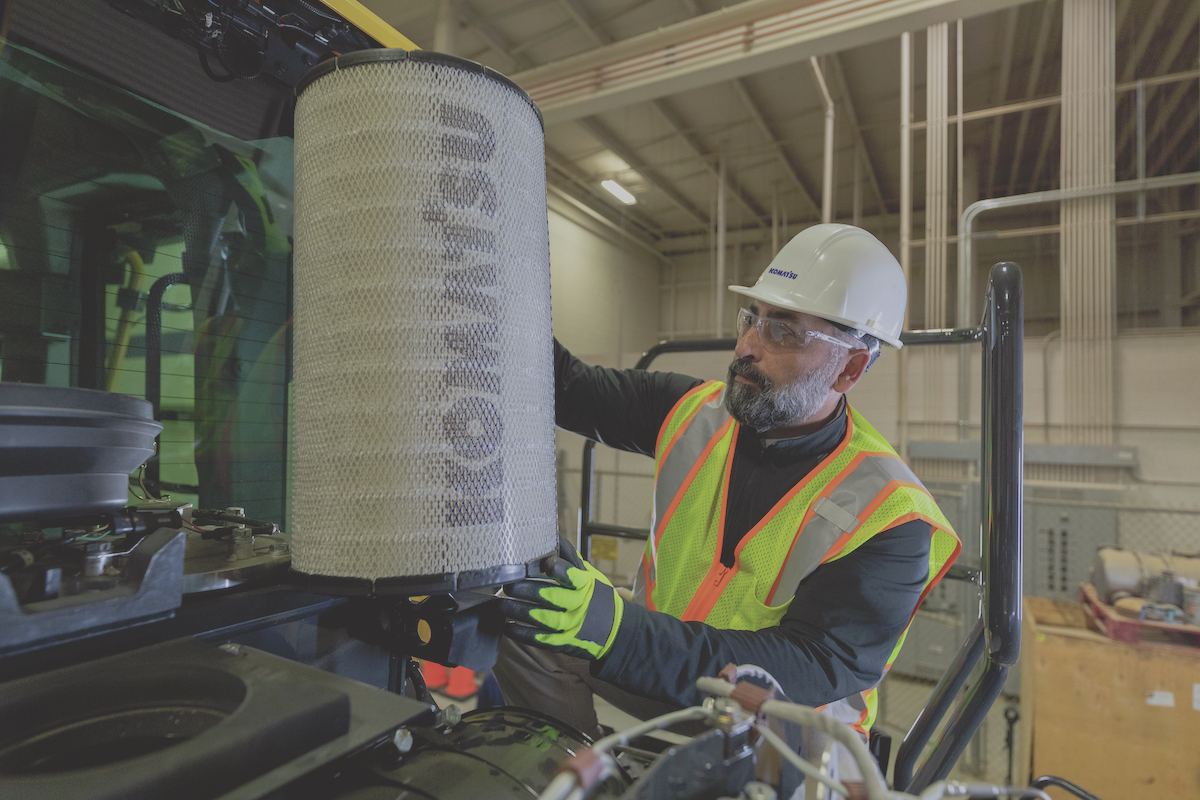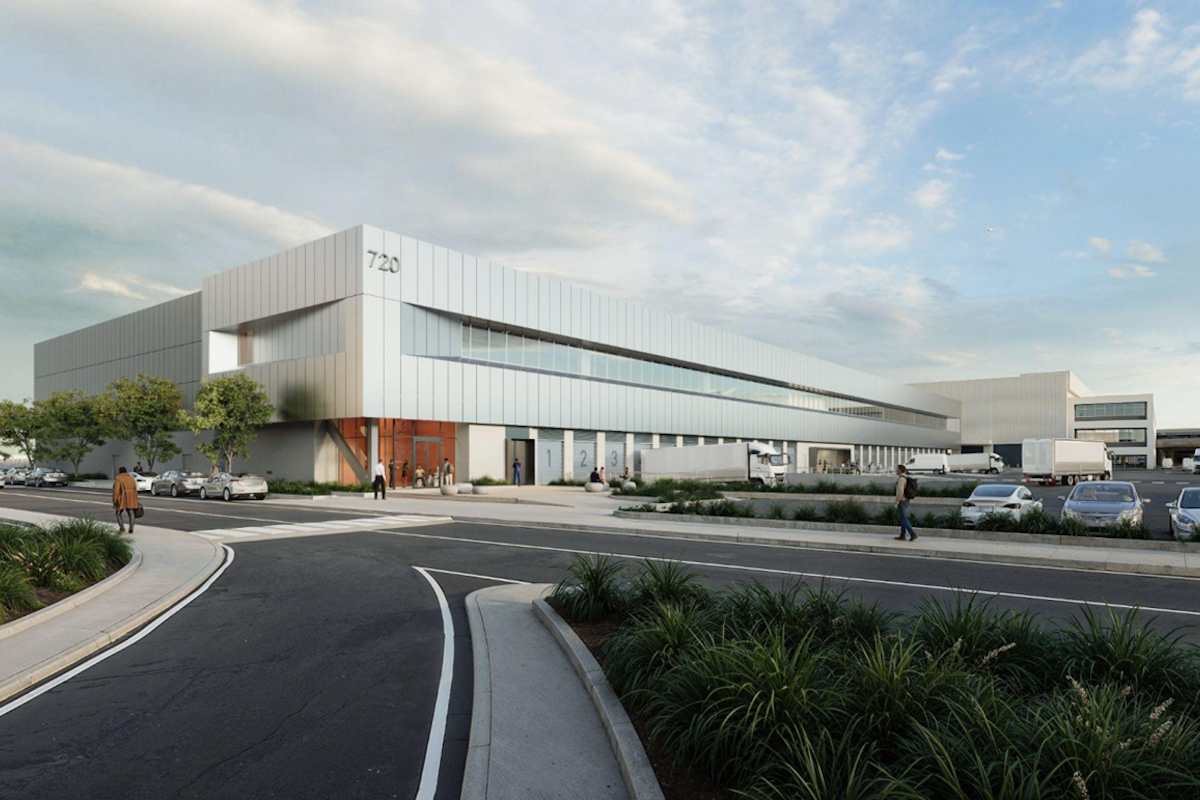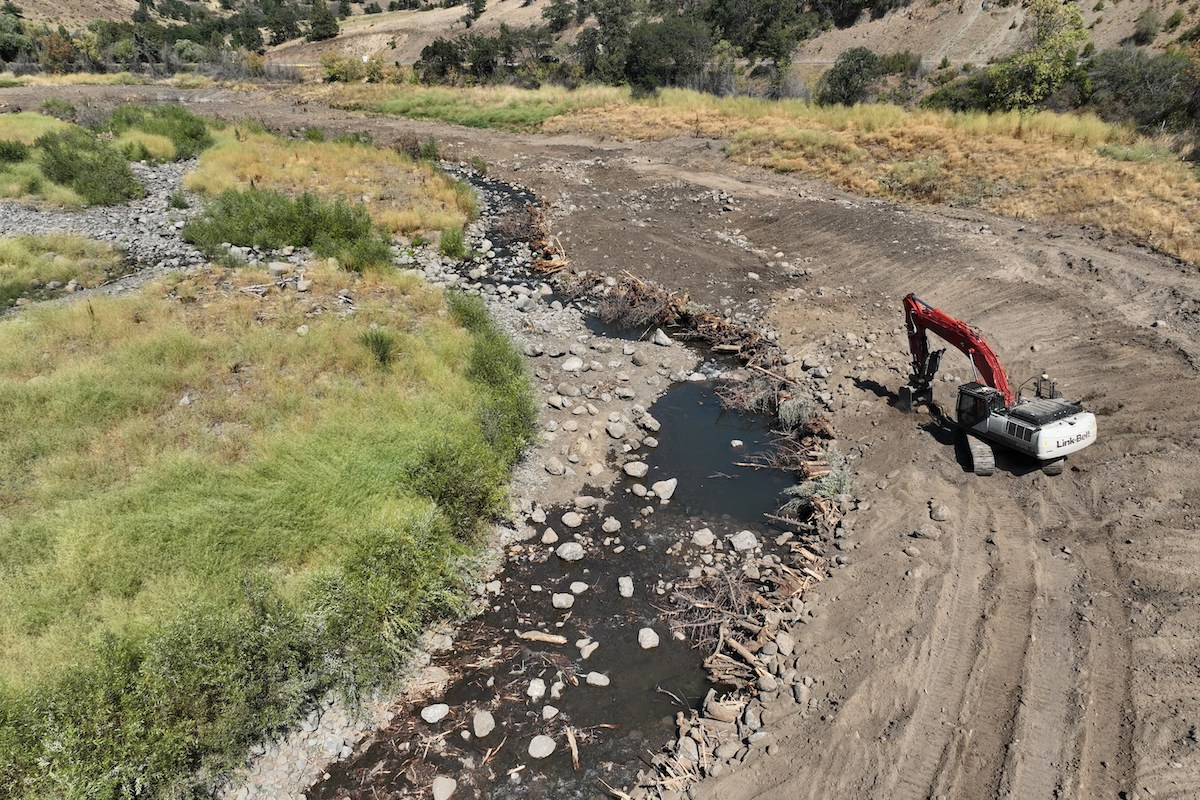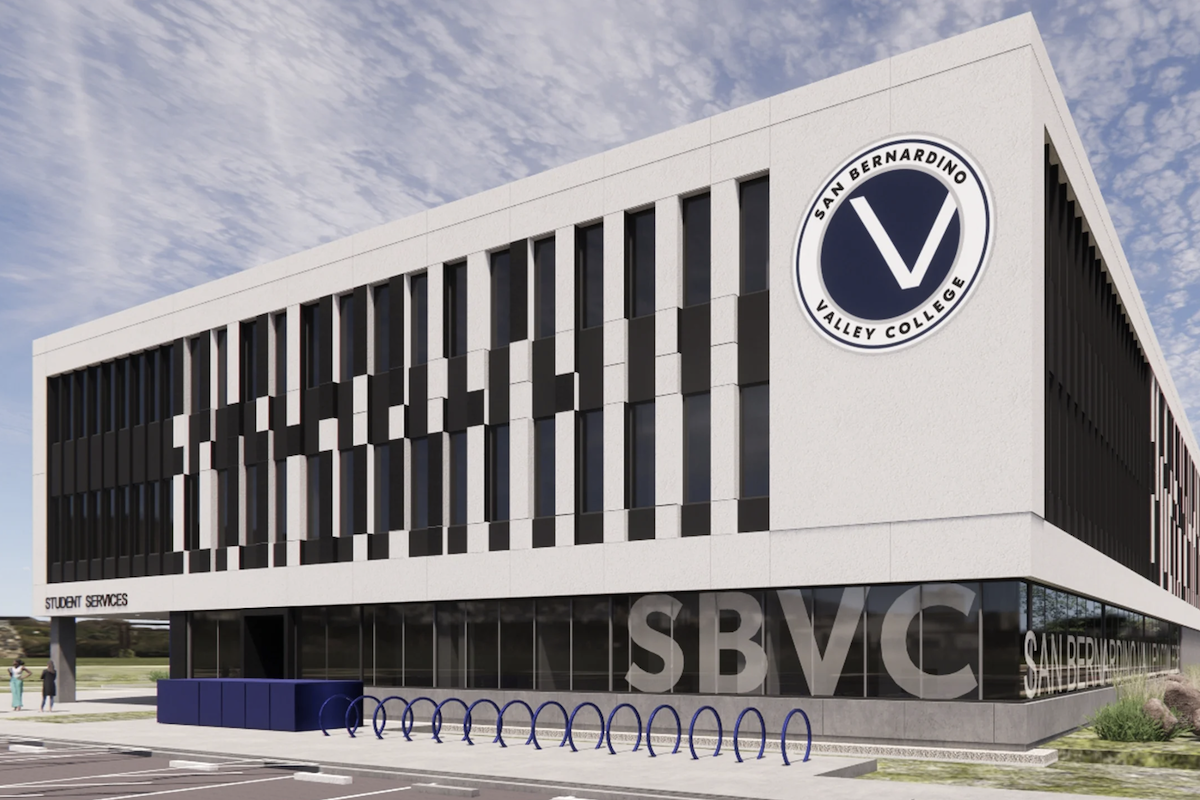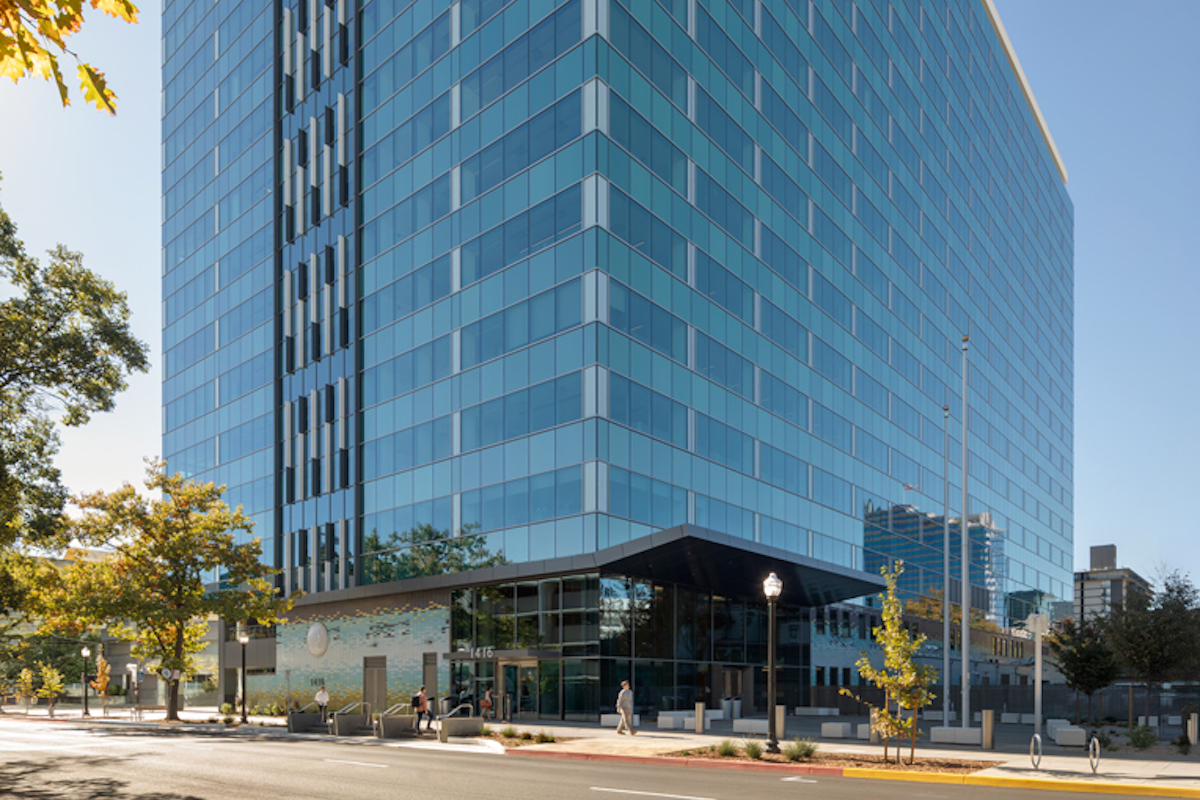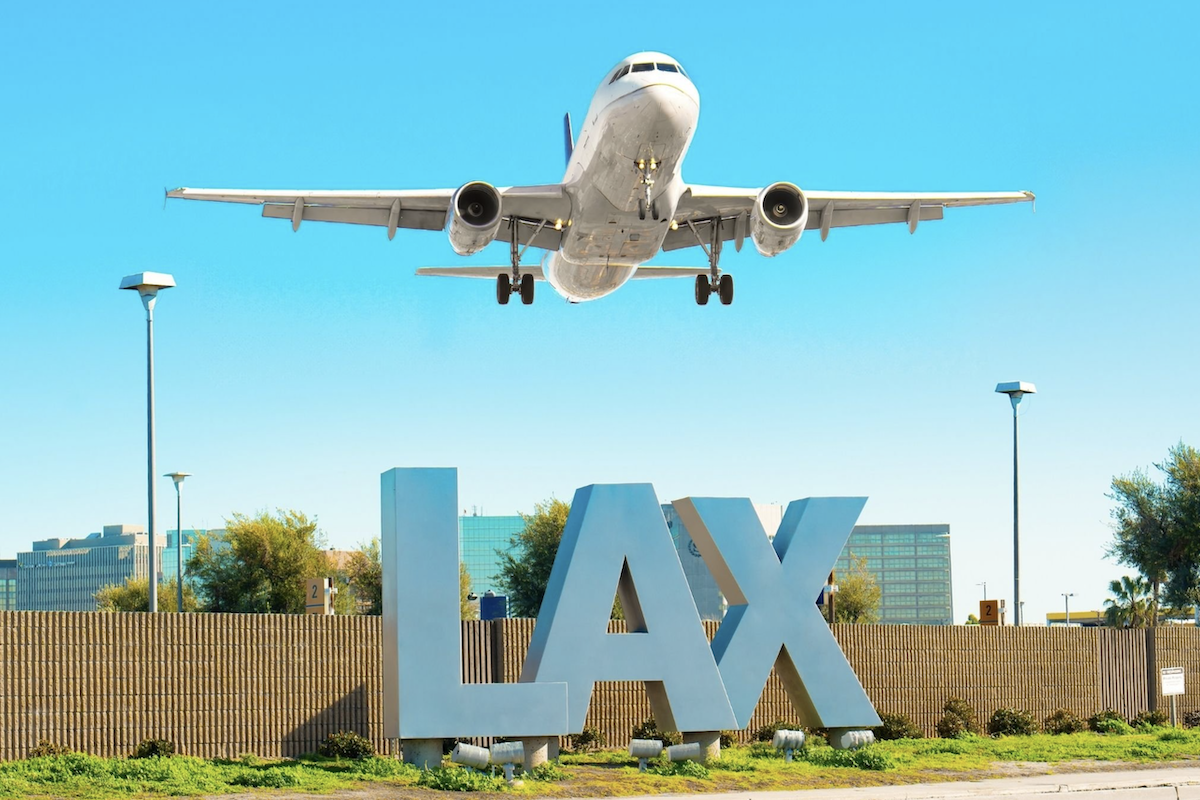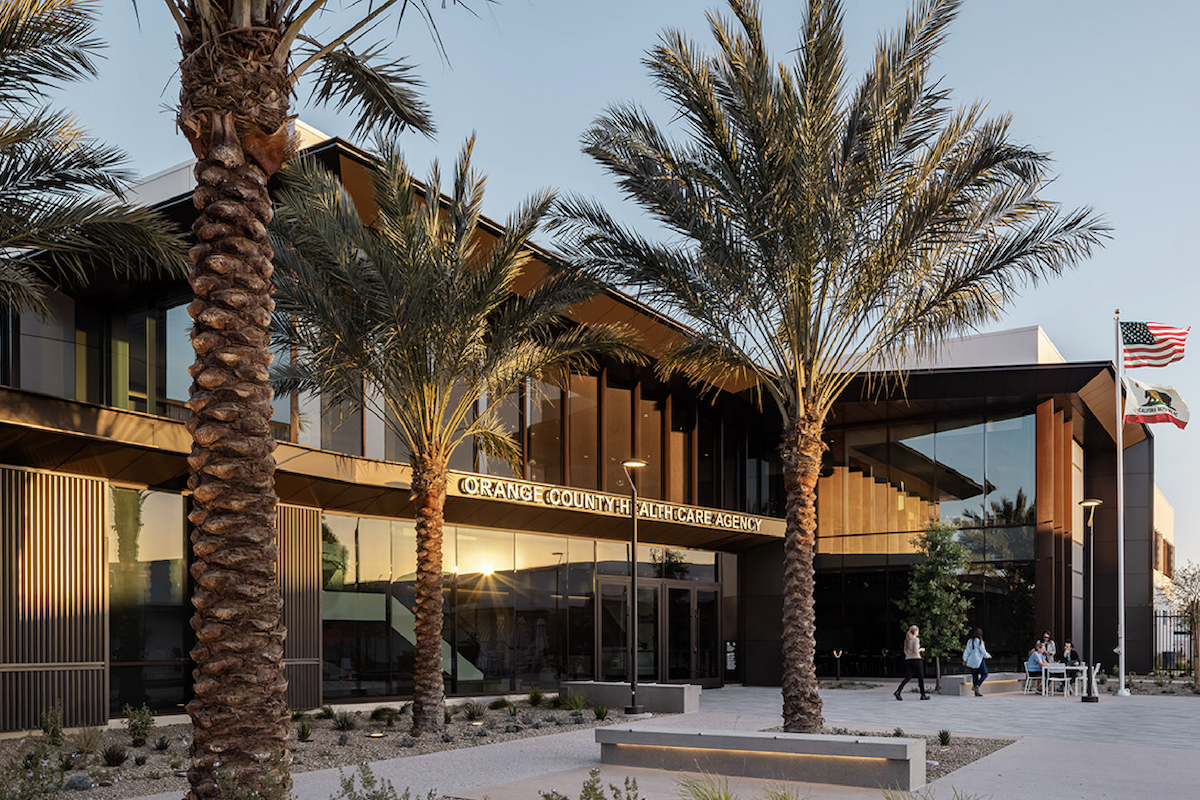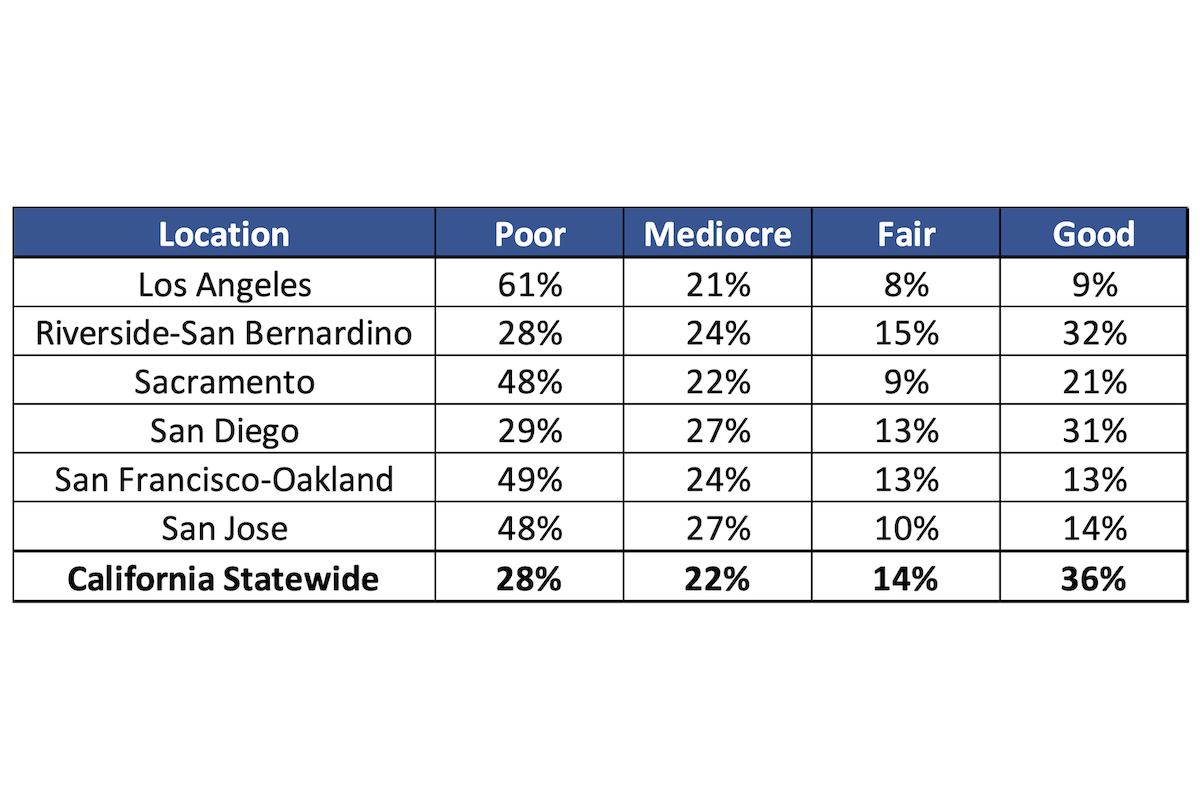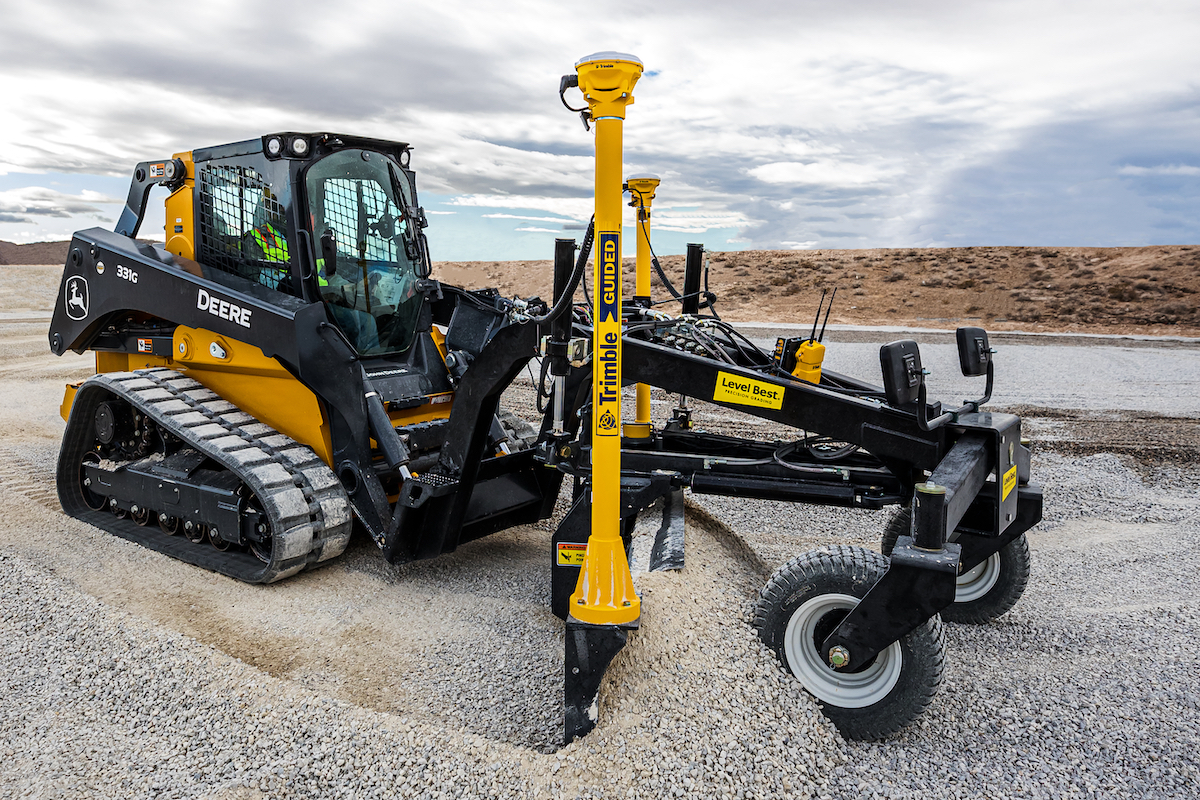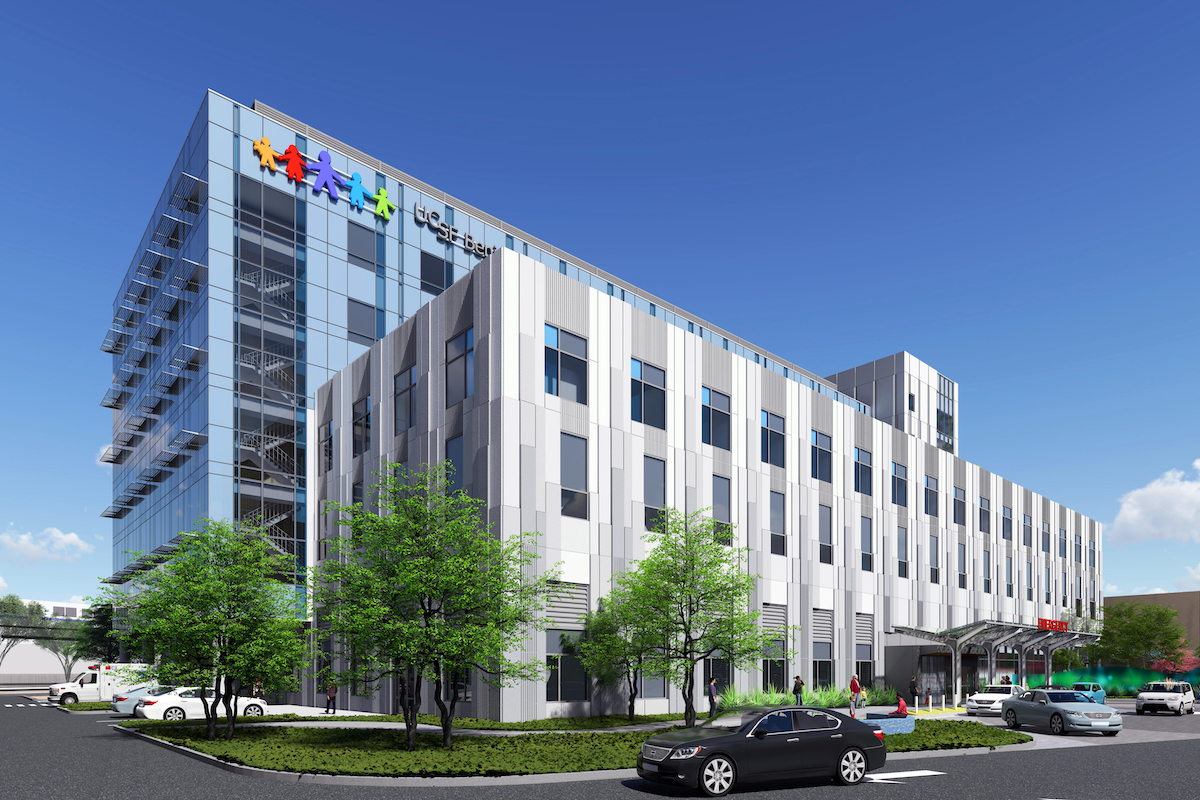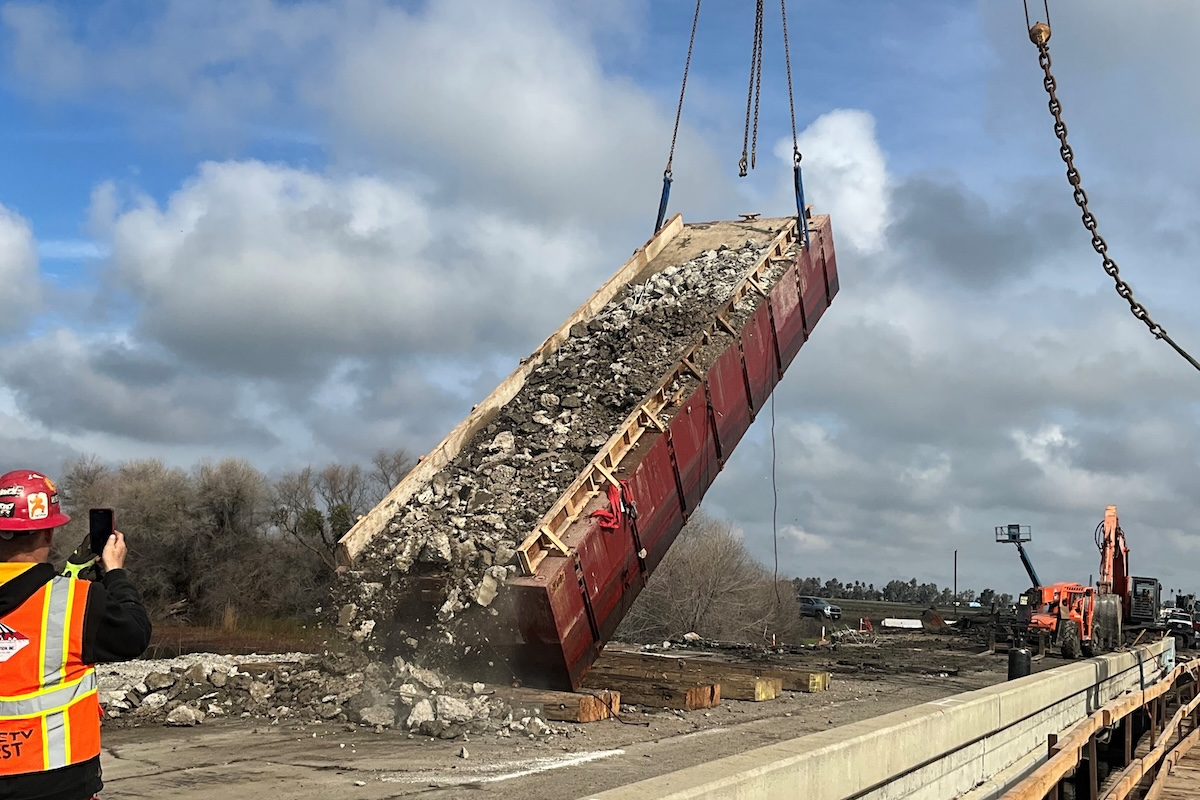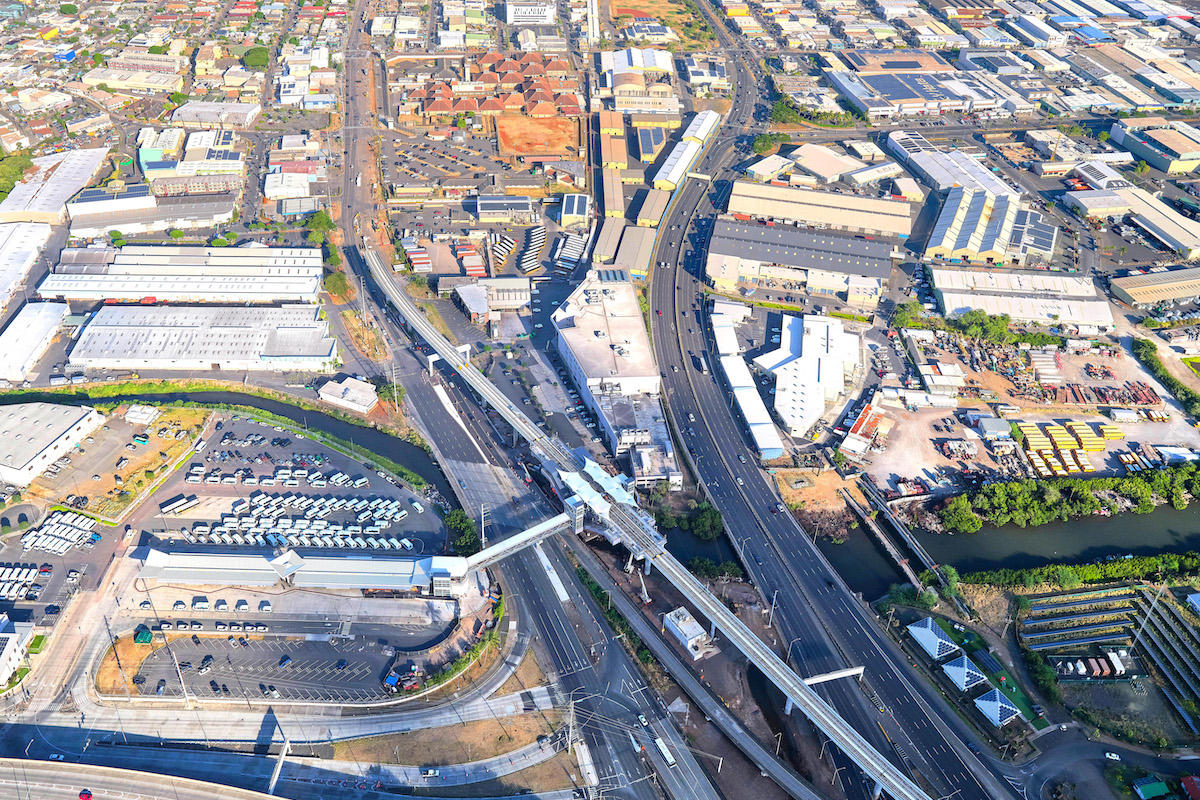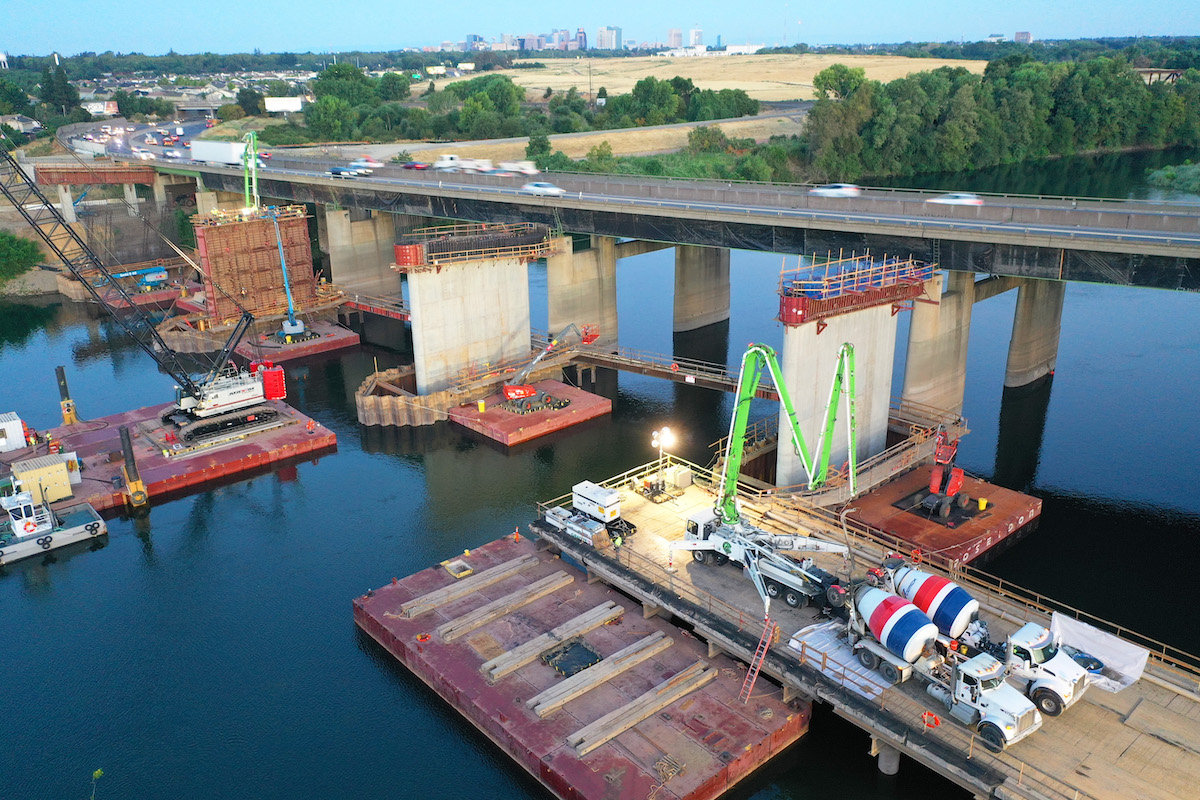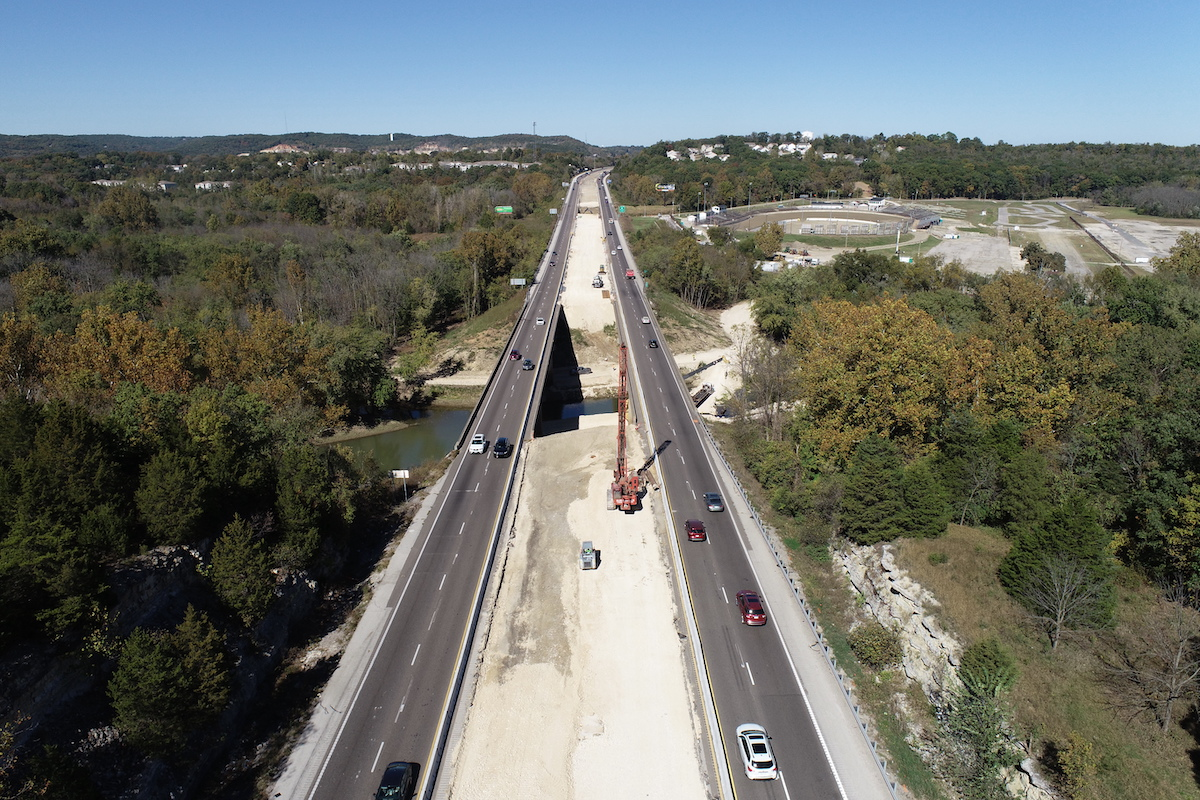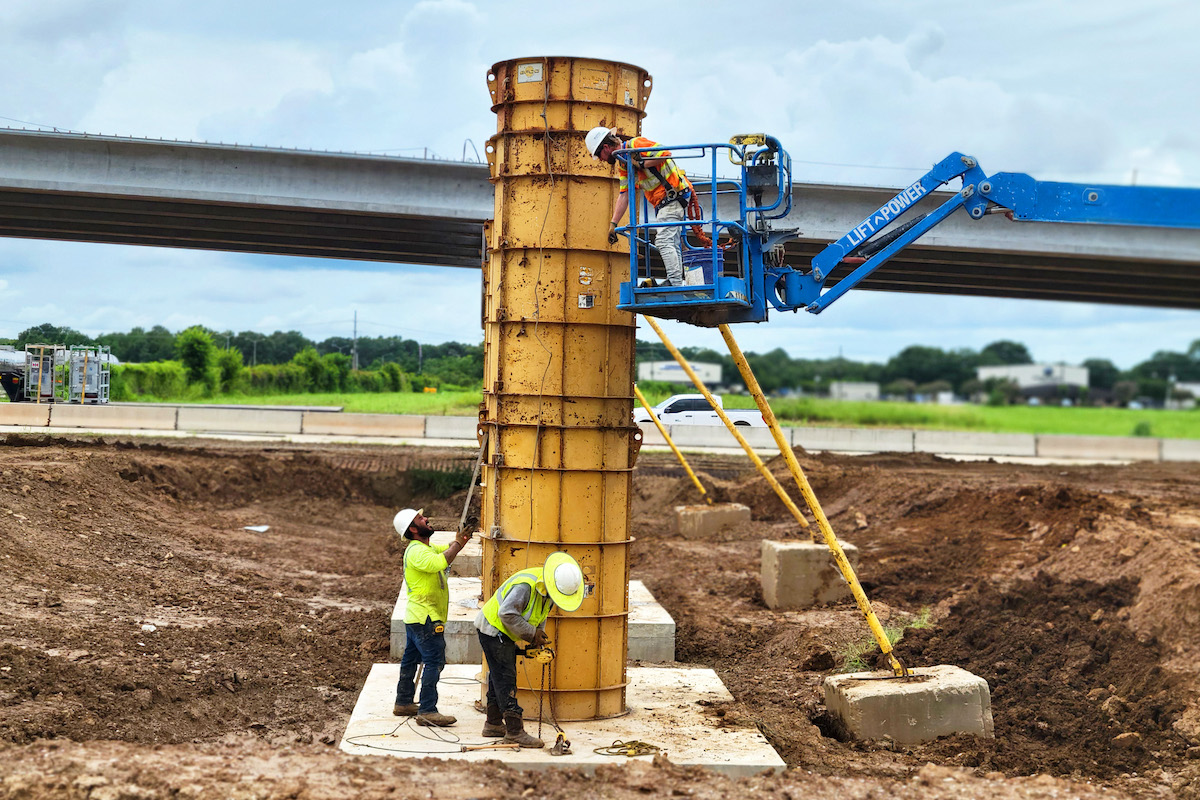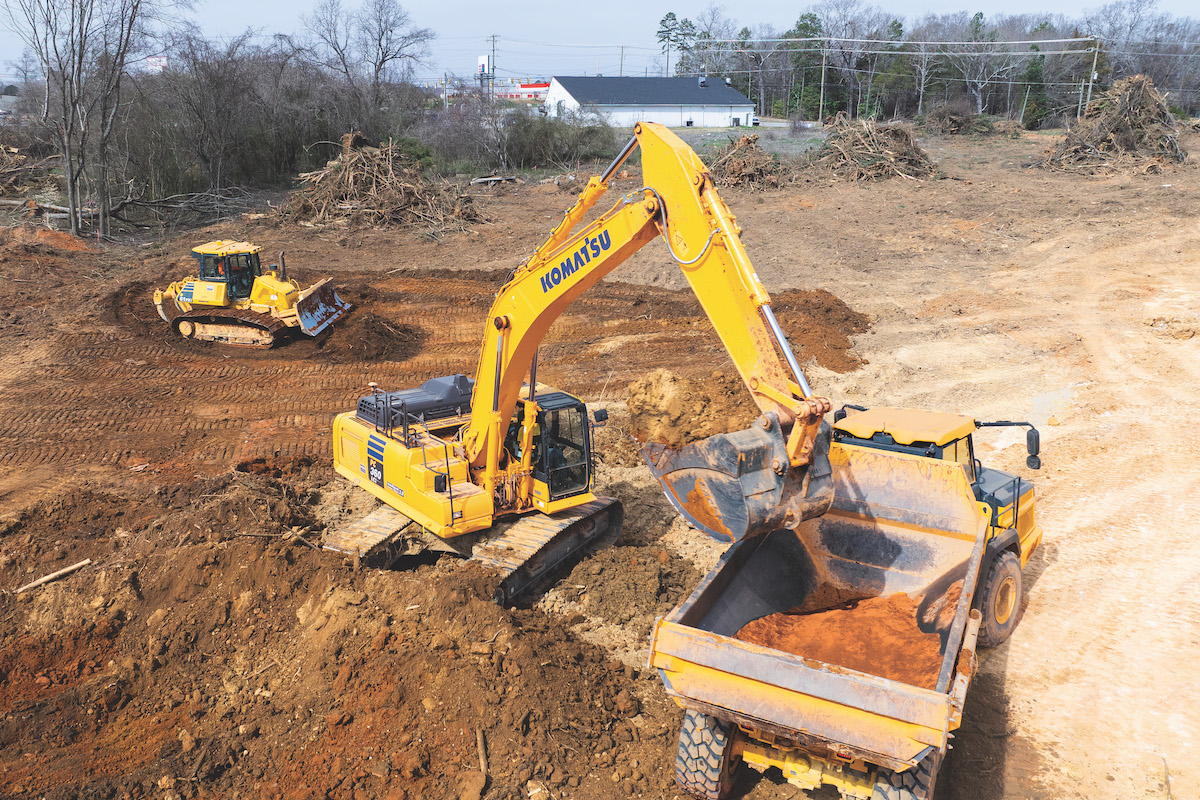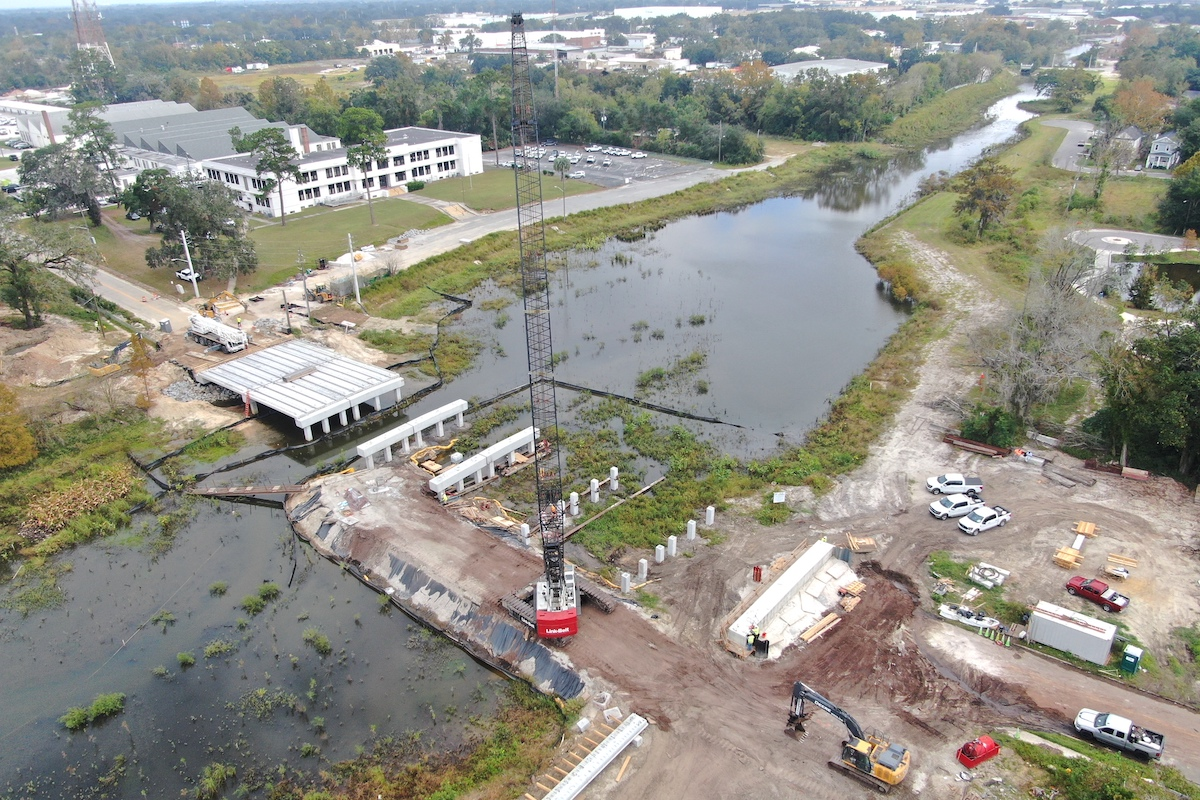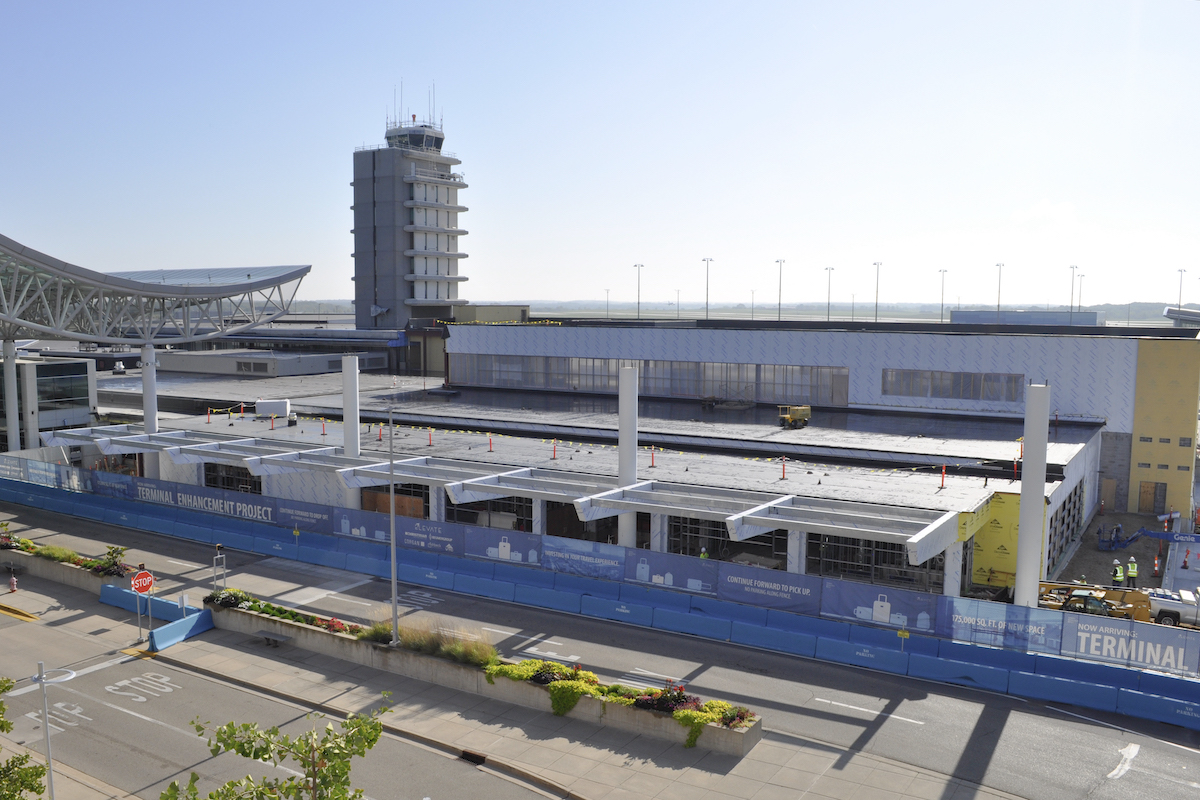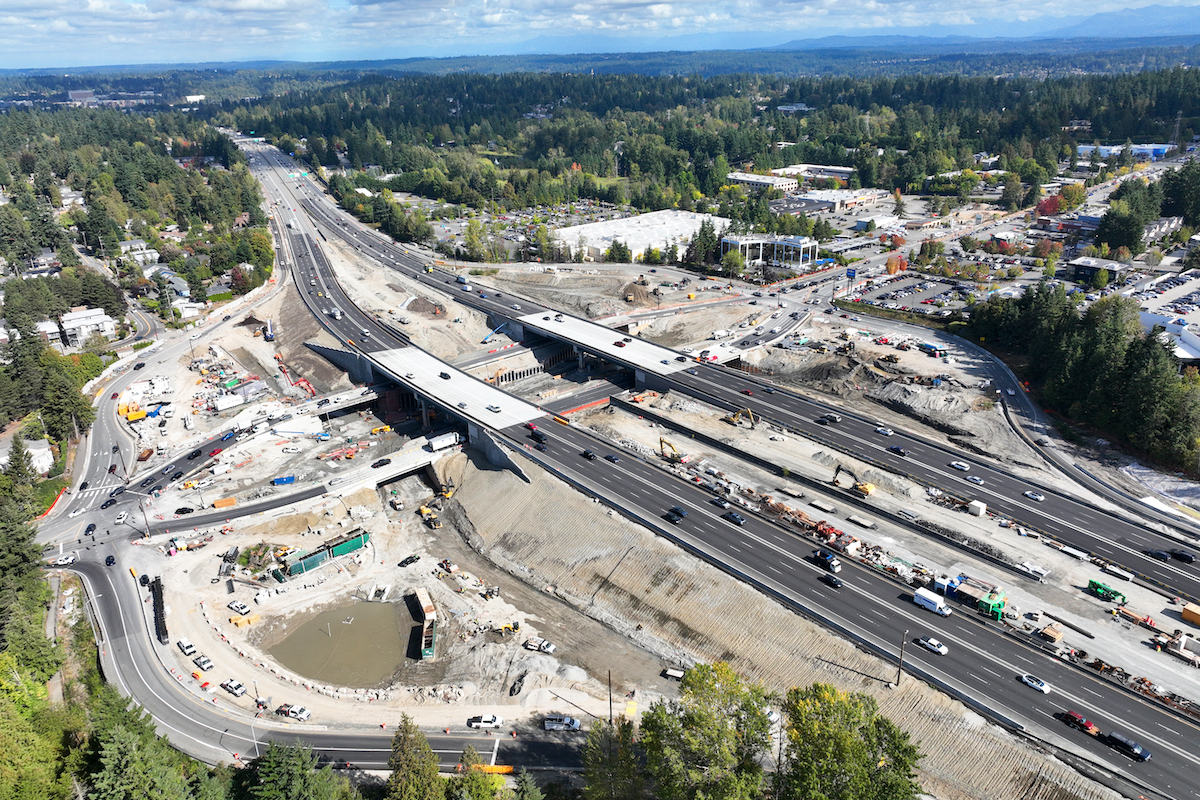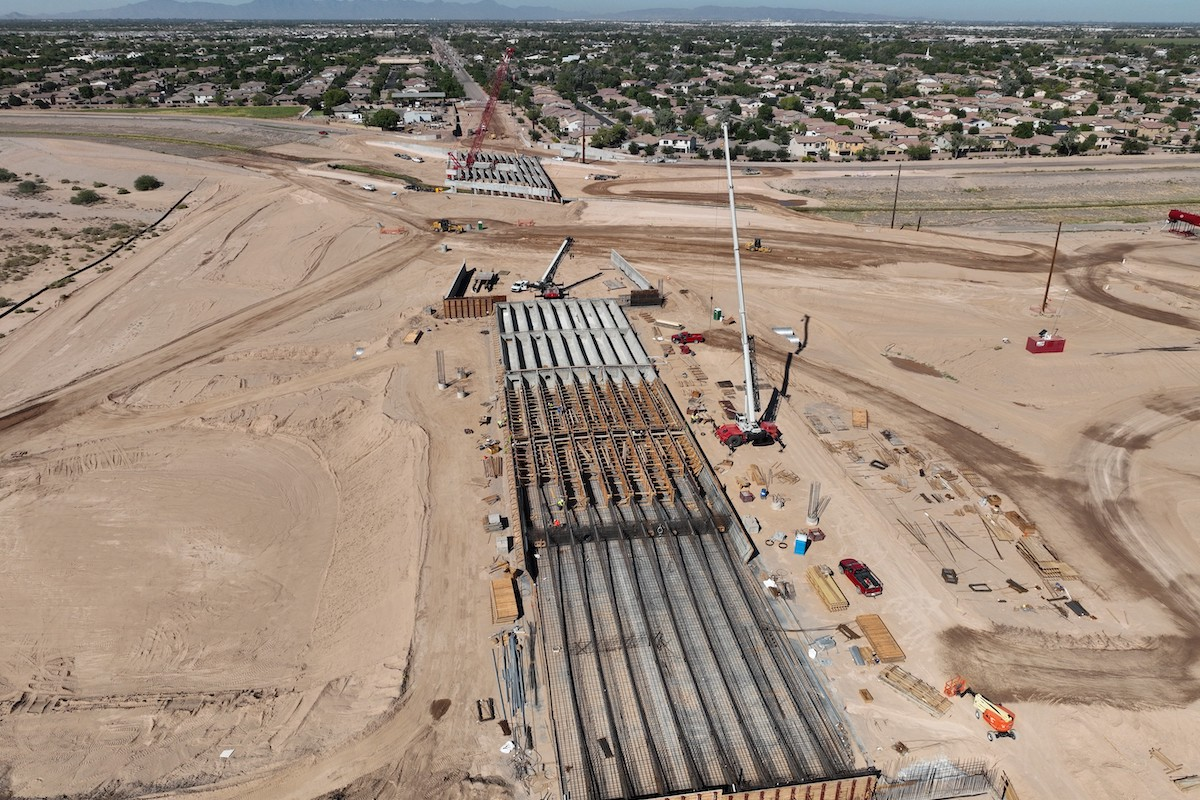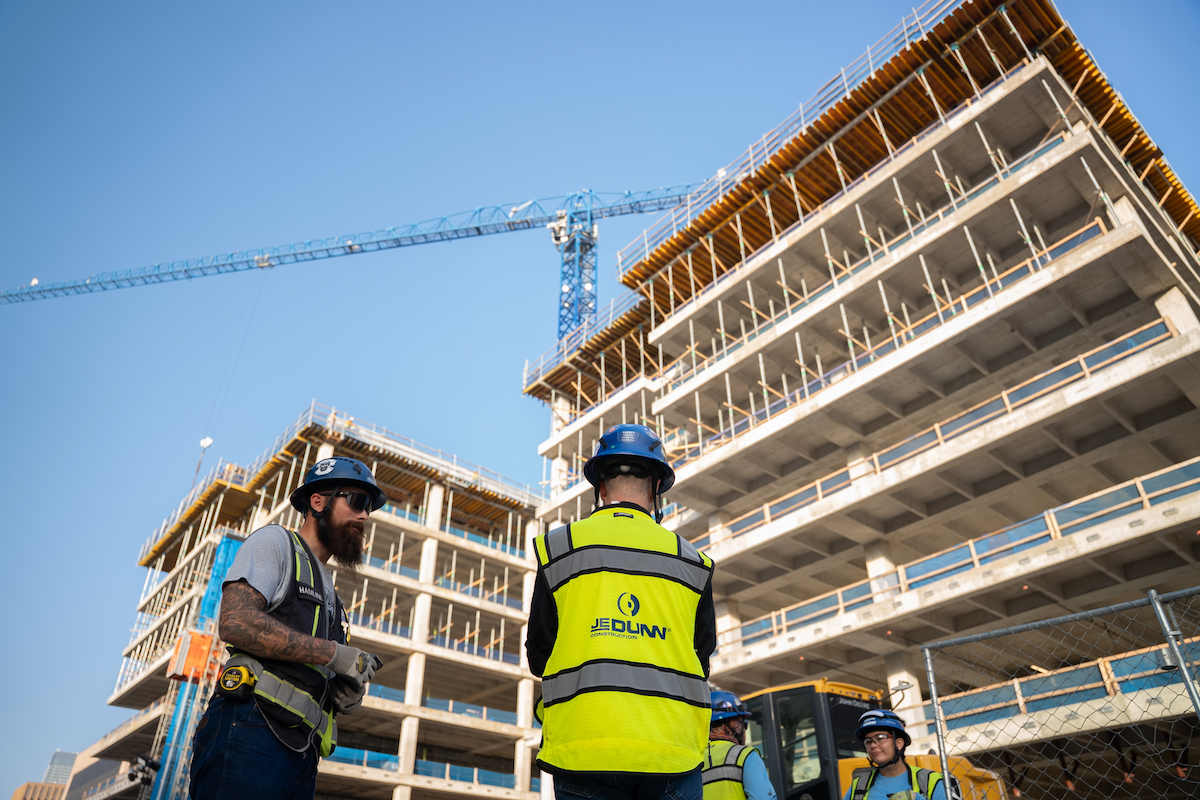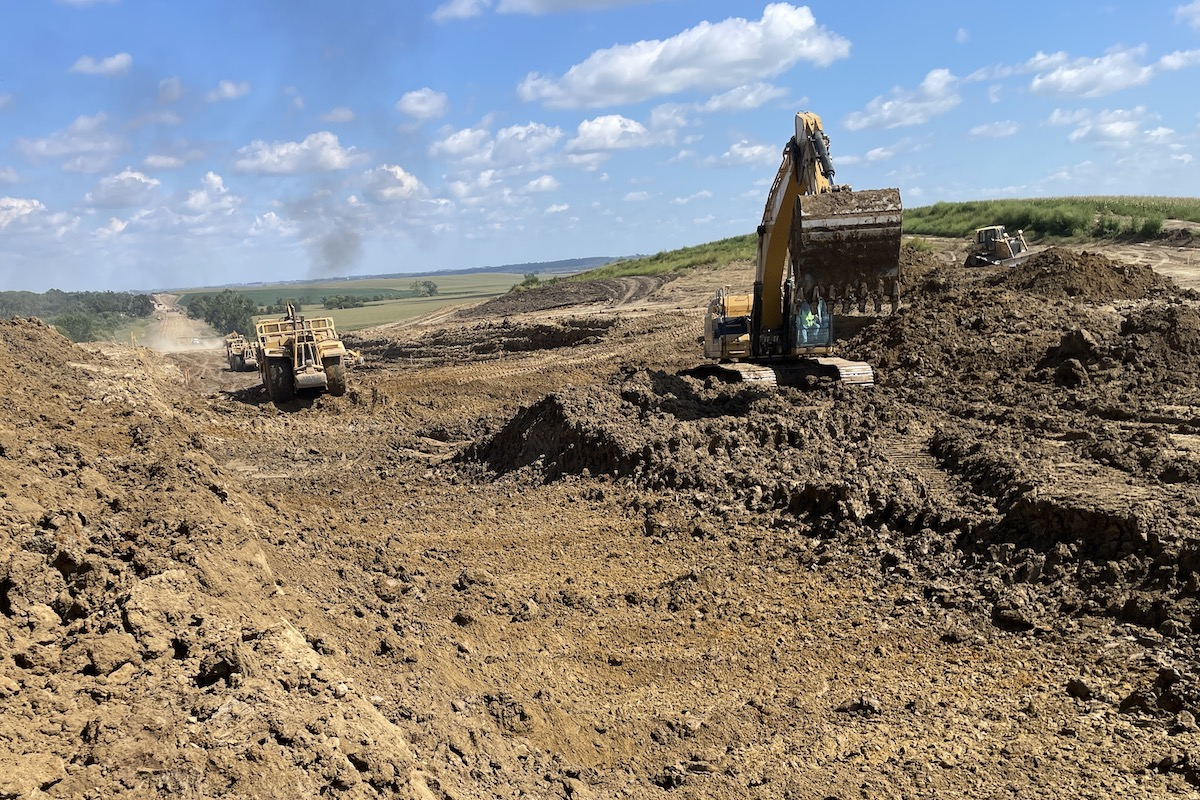As the Infrastructure Investment and Jobs Act (IIJA) enters its final critical phase, the westernmost U.S. states — California, Oregon, Washington, Hawaii, Alaska, Idaho, and Montana — find themselves at a pivotal moment. With federal dollars finally hitting job sites at scale, these states are attempting to fast-track long-delayed transportation, water, energy, and utility infrastructure. At the same time, the private sector is grappling with real-time challenges: inflation volatility, labor shortages, material pricing swings, and permitting bottlenecks that complicate project delivery timelines.
Despite these hurdles, the West is poised to lead the nation in infrastructure modernization. From high-tech semiconductor facilities in Idaho to water storage systems in California, the range and scale of projects reflect not just regional needs but also national priorities such as climate resilience, supply chain security, and equitable economic development. This moment is not just about building roads and bridges; it's about positioning the western U.S. for long-term competitiveness.
The IIJA authorized $1.2 trillion in total spending, including $550 billion in new investments for roads, bridges, public transit, broadband, and water infrastructure. As of April 30, roughly $279 billion — nearly 65 percent of the five-year allocation — had been obligated, with much of the funding targeting shovel-ready projects or legacy improvements. Western states have captured a significant share of this pipeline:
- California: $15.2 billion
- Washington: $3.3 billion
- Alaska: $2.3 billion
- Oregon: $2.1 billion
- Montana: $2 billion
- Idaho: $1.4 billion
- Hawaii: $832.7 million
States that moved quickly to plan and pre-position projects in 2021 and 2022 are now seeing the benefits, with construction activity ramping up in both urban and rural areas. Agencies that invested early in environmental clearances, community engagement, and procurement readiness are pulling ahead — ensuring funds are not only obligated but also spent efficiently.

| Your local Trimble Construction Division dealer |
|---|
| SITECH West |
| SITECH Southwest |
The structure of federal aid under the IIJA also favors large-scale, multi-modal projects, often requiring regional cooperation. This has encouraged greater alignment between state departments of transportation (DOT), local governments, and private sector partners. For many contractors, the influx of funds represents the most sustained public investment in infrastructure in a generation.
Quarterly analysis of DOT lettings across California, Alaska, Idaho, Oregon, and Washington illustrates the sector’s seasonality, variable pacing, and cautious tone early in 2025. The analysis yielded insufficient data for Montana and Hawaii.
California continues to dwarf its regional counterparts in project volume. Q1 2025 saw 76 projects totaling $693 million — down from $969 million in Q1 2023 but a solid rebound from just $229 million in Q1 2024. The California Department of Transportation (Caltrans) is increasingly shifting toward larger, bundled contracts, indicating a preference for programmatic efficiency.

| Your local Gomaco dealer |
|---|
| Terry Equipment |
The Alaska Department of Transportation & Public Facilities posted its slowest quarter in years, letting only six projects totaling $21.5 million in Q1 2025. This figure is well below the typical $100 to $200 million quarterly range seen between 2022 and 2024. Whether this slowdown stems from weather delays, funding bottlenecks, or strategic timing remains unclear.
Idaho’s letting data reflects cyclical project pacing. After peaking at $321 million in Q2 2022 and $246 million in Q3 2024, the state awarded only $37 million in Q1 2025. This sharp drop, down from $120 million in Q1 2024 and $232 million in Q1 2023, suggests a hold in major bid activity early in the year — possibly due to the scheduling of several major summer contracts.

| Your local Trimble Construction Division dealer |
|---|
| SITECH West |
| SITECH Southwest |
Oregon began 2025 on a quieter note following four strong quarters. Q1 saw just 11 projects totaling $50 million, compared to $190 million in Q1 2024. The Oregon Department of Transportation may be pacing its pipeline to coincide with the launch of the Columbia River Bridge effort or recalibrating after accelerated 2024 delivery.
After a dramatic dip in Q4 2024 — only $5.3 million in awarded contracts — Washington rebounded in Q1 2025 with $53 million across eight projects. While still far below the $314 million peak in Q1 2023, the shift suggests the Washington State Department of Transportation (WSDOT) is returning to a more typical schedule and working through its backlog of delayed 2024 procurements.

| Your local Trimble Construction Division dealer |
|---|
| SITECH West |
| SITECH Southwest |
- Q1 2025 lettings are down across all five states when compared to Q1 2023.
- California and Washington show early signs of stabilization.
- Alaska and Oregon experienced the softest starts.
- Q2 is historically the busiest quarter.
Contractors are advised to monitor bid schedules closely and prepare for a compressed letting season, especially if agencies attempt to spend down federal dollars before key IIJA deadlines in late 2025.
Across the West, 2025 is shaping up to be a launchpad year for several marquee infrastructure projects. These undertakings span all modes — roads, transit, bridges, broadband, energy resilience — and many are tied directly to federal or joint local-federal funding streams:
- Hawaii: FEMA-backed restoration of Pohoiki Road and Highway 137 ($50 million) represents not just a repair initiative, but also a vital reconnection of communities impacted by the 2018 Kīlauea eruption. Meanwhile, ongoing Skyline rail guideway work and a recently awarded contract for the Ma'ipalaoa Bridge replacement signal the Hawaii Department of Transportation's push to modernize transportation corridors vulnerable to storm damage and sea-level rise.
- California: The long-anticipated Sites Reservoir project is moving from environmental review into construction. At an estimated $3.9 billion, the reservoir could store up to 1.5 million acre-feet of water, offering new resilience for the state’s volatile water supply system. Additional investments through SB 1 and IIJA continue to support bridge retrofits, seismic safety improvements, and regional transit enhancements.
- Oregon and Washington: The Columbia River I-5 Bridge Replacement Program is a textbook example of bi-state coordination. With the environmental impact statement now completed and key funding in hand, construction is expected to begin in late 2025. The project will replace an aging and seismically vulnerable bridge, while adding transit and bicycle capacity.
- Washington: The North Spokane Corridor, a long-planned north-south freeway, will finally close its gap to I-90 with construction starting in March 2026. WSDOT expects this corridor to relieve freight congestion and boost east-west commercial access.
- Idaho: Micron Technology’s $15 billion semiconductor facility in Boise is expected to have a catalytic effect on the local construction economy, not only through direct contracts but also via associated utility, roadway, and housing infrastructure. Meta’s $800 million data center project in Kuna is driving further utility upgrades in the Treasure Valley.
- Montana: The $180 million Bozeman Yellowstone International Airport expansion includes airside and landside enhancements, with phased completion scheduled over 4.5 years. Contractors are already on site, executing early grading and utilities work.
- Alaska, Idaho, Montana: IIJA-funded upgrades to land ports of entry, as well as highway and bridge reconstructions, are essential for supporting freight mobility in rugged terrain and across remote regions.

| Your local Trimble Construction Division dealer |
|---|
| SITECH West |
| SITECH Southwest |
Many of these projects involve multi-phase, multi-agency delivery with timelines extending into the early 2030s. Contractors able to work across jurisdictions or enter long-term joint ventures will find significant opportunity.
According to the Associated General Contractors of America (AGC) and Sage’s 2025 Construction Outlook, western states show significant variation by sector. Infrastructure categories — particularly water/sewer, data centers, manufacturing, and transportation — continue to lead investment. The below data are net percentages showing the expected 2025 value of projects to be higher or lower than 2024.
California remains the largest infrastructure market in the region. While the state posted a rare decline in bridge/highway starts (-8 percent) — likely the result of procurement delays or project phasing — other categories surged. Transportation (+30 percent) and water/sewer (+21 percent) showed the strongest growth, buoyed by both IIJA and climate resilience investments. Manufacturing and data center construction each increased by 10 percent, supported by demand from the semiconductor and clean energy sectors.

| Your local Trimble Construction Division dealer |
|---|
| SITECH West |
| SITECH Southwest |
California’s sustained capital outlay is aided by both federal programs and voter-approved transportation taxes. Large agencies like Caltrans and LA Metro have advanced multiple mega-projects, while regional water authorities are deploying advanced filtration and groundwater recharge technologies to increase supply reliability.
Oregon posted some of the most impressive sector growth rates in the West, particularly in:
- Manufacturing: +53 percent
- Data centers: +70 percent
- Water/sewer: +53 percent

| Your local Trimble Construction Division dealer |
|---|
| SITECH West |
| SITECH Southwest |
While transportation and bridge/highway construction remained flat, overall infrastructure momentum was strong. These gains reflect Intel and Amazon’s continued investments in the state, which have triggered extensive upgrades to utility and broadband corridors. Oregon’s IIJA match strategy also enabled several mid-sized cities to pursue stormwater and resilience upgrades previously out of reach.
Washington demonstrated balanced and steady growth across all major infrastructure categories:
- Transportation: +40 percent
- Water/sewer: +38 percent
- Data centers: +52 percent
- Manufacturing: +31 percent
- Bridge/highway: +17 percent

| Your local Trimble Construction Division dealer |
|---|
| SITECH West |
| SITECH Southwest |
The state’s diversified economy, anchored by tech and aerospace, is matched by DOT investment in freight corridors, urban mobility, and rural safety upgrades. With Seattle-Tacoma’s continued population growth, infrastructure demands in Puget Sound are expanding in both scale and complexity.
In Idaho, Montana, and Alaska, the emphasis remains on strategic corridors and rural access. Projects are less frequent but often larger in scope relative to population. For instance, in Montana, rural bridge upgrades now incorporate seismic design and wildlife migration features. Alaska has increasingly focused on climate-resilient permafrost designs and logistics access to remote communities.
Hawaii continues to blend disaster recovery funding with IIJA awards. The state received an additional $1.6 billion in federal Community Development Block Grant disaster relief funding, with 45 percent allocated toward public works and infrastructure. Priorities include rural roadway repair, coastal protection, and bridge hardening.

| Your local Trimble Construction Division dealer |
|---|
| SITECH West |
| SITECH Southwest |
While materials pricing has stabilized since the pandemic-era surges, labor remains the single biggest concern for contractors. According to the Bureau of Labor Statistics’ (BLS) Q1 2025 Employment Cost Index:
- Total compensation for infrastructure-related occupations rose 3.6 percent year-over-year
- Wages increased 3.5 percent
- Benefits rose 3.8 percent
This rise reflects fierce competition for skilled trades and craft labor across all seven western states. AGC survey data shows more than 60 percent of firms in California, Oregon, and Washington are struggling to fill heavy civil and equipment operator roles. These shortages are particularly acute in remote and high-cost urban areas where housing affordability impacts worker availability.
To mitigate this, many firms are:

| Your local Trimble Construction Division dealer |
|---|
| SITECH West |
| SITECH Southwest |
- Increasing wages and offering signing bonuses
- Expanding apprenticeship and training programs in partnership with unions and community colleges
- Recruiting out-of-state labor, especially for short-term mega-project phases
Meanwhile, the BLS Job Openings and Labor Turnover Survey shows over 350,000 construction positions remain unfilled nationwide — many of which are tied to infrastructure investments under IIJA and other federal programs. This labor deficit not only slows delivery but also risks undercutting the full economic potential of the IIJA’s historic funding.
On the materials side, trends have improved:
- Steel mill products: +2.4 percent year-over-year
- Gypsum: -0.6 percent year-over-year
- Asphalt and cement: largely flat since early 2024

| Your local Trimble Construction Division dealer |
|---|
| SITECH West |
| SITECH Southwest |
This relative calm has helped stabilize project estimates and reduced contractor exposure to mid-project pricing shocks — a common concern in 2022 and 2023. However, long lead times and specialized components (such as traffic signal systems, HVAC controls, and semiconductors for ITS infrastructure) continue to experience sporadic delays.
Despite a complex operating environment, sentiment among contractors and engineering firms across the western U.S. remains cautiously optimistic. IIJA-fueled funding is providing real momentum, but firms are balancing that upside against persistent execution risks.
According to feedback from AGC and the American Council of Engineering Companies, contractors cite the following operational headwinds most frequently:
- Permitting delays and environmental reviews: This is particularly in California, coastal Oregon, and Washington, where projects often face multi-agency review and litigation exposure. Lengthy timelines under the National Environmental Policy Act and the California Environmental Quality Act continue to cause uncertainty.
- Right of way acquisition issues: This is especially prevalent in phased highway expansions and rail corridor upgrades. These issues can delay design-build progress and complicate financing schedules.
- Funding volatility: As the IIJA approaches its 2026 sunset, uncertainty remains over whether Congress will renew infrastructure investments at similar levels. Some localities are also seeing dips in sales tax and bond revenues due to macroeconomic trends, which affects their ability to match federal funds.
- Local agency capacity: Many small and mid-sized public agencies are still rebuilding staff capacity after pandemic-related retirements and hiring freezes. Even with funding available, delivery may be constrained by internal resources and contracting bottlenecks.

| Your local Trimble Construction Division dealer |
|---|
| SITECH West |
| SITECH Southwest |
Still, the opportunities for contractors — particularly those with public works expertise — are significant:
- Bid lists are expanding, especially in progressive design-build and construction manager/general contractor (CM/GC) formats.
- Procurement activity is ramping up in Q2 and Q3 2025 across most DOTs.
- Interstate partnerships on mega-projects are opening doors to new geographies.
Firms that specialize in preconstruction services, permitting support, digital project controls, or specialized construction methods (e.g., marine, tunneling, seismic retrofits) are particularly well-positioned to take on work that many general contractors find cost-prohibitive or complex.
- Labor remains the limiting factor: Even with stabilized material costs, skilled labor gaps pose the most immediate risk to timely project delivery. Workforce development partnerships and retention strategies will be critical to success.
- Transportation and water/sewer dominate the pipeline: Across all seven states, these sectors are showing the most sustained growth. Investments in stormwater, wastewater, transit, and regional freight systems are benefitting from both IIJA allocations and long-term climate adaptation goals.
- IIJA deadlines are inflexible: Projects obligated in 2025 generally must break ground by 2026 to meet statutory deadlines. That means prequalification, teaming, and early procurement efforts must begin immediately if firms want to compete for remaining IIJA-funded work.
- Urban-rural imbalances are widening: Major metros like Los Angeles, California; Portland, Oregon; and Seattle, Washington, are surging with design-build procurements and multi-modal projects. In contrast, smaller DOTs in Montana, Idaho, and Alaska face capacity, weather, and logistical challenges that continue to delay project delivery.
- Cross-jurisdictional projects are increasing: From the Columbia River Bridge to shared freight corridors and federally funded land port upgrades, states are finding that coordinated procurement delivers better outcomes. This trend may set the tone for future infrastructure planning at the national level.
With the Infrastructure Investment and Jobs Act peaking in 2025 and expiring in 2026, conversations about the next surface transportation reauthorization bill are already underway. Trade groups such as the American Road & Transportation Builders Association, American Association of State Highway and Transportation Officials, and AGC are advocating early. (See “Preparing for the 2026 Surface Transportation Reauthorization Bill” in the National News section)

| Your local Trimble Construction Division dealer |
|---|
| SITECH West |
| SITECH Southwest |
For western contractors, the next 18 months represent a historic opportunity. With billions in committed federal dollars, landmark projects moving into construction, and public-sector backlogs at multi-year highs, the market outlook is strong — but not without complexity.
Firms that act early — securing labor, navigating prequalification processes, and forging regional partnerships — will be best positioned to thrive. At the same time, maintaining execution excellence, adapting to shifting policy requirements, and preparing for the post-IIJA funding landscape will separate long-term leaders from short-term opportunists.
As the western U.S. continues to serve as a testing ground for resilience, equity, and innovation in infrastructure, contractors have a once-in-a-generation chance to help shape the region’s future.











